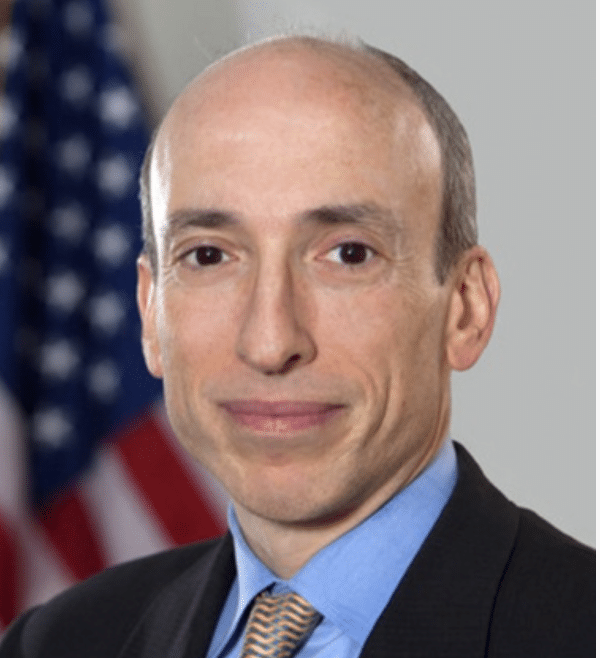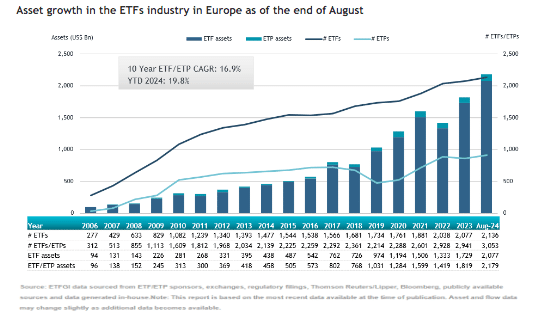Last month, the Securities and Exchange Commission (SEC) unanimously approved the most important updates to the equity markets since 2005, according to SEC Chair Gary Gensler.
In his prepared remarks before the SIFMA 2024 Annual Meeting, he noted that earlier this year, the Commission also unanimously adopted final rules to enhance disclosure requirements for order execution quality.
“These rules will help drive greater efficiency, competition, and fairness,” he said.

Chair Gensler said: “Given how much has changed since 2005, I think it was incumbent upon us to update our national market system rules.”
He said that Regulation NMS, adopted in 2005, included the so-called “sub-penny rule” setting a minimum quotation increment of one penny.
“It was time to relax that one-penny minimum quotation increment, which had become outdated and too wide for many stocks in today’s markets,” he said.
Stocks representing approximately 74 percent of share volume are currently being quoted at less than 1.5 pennies. This compares to 2005 when 54 percent of stocks traded at less than 1.5 pennies, he said.
“For many stocks, under the updated rule, the new minimum will be half a penny. Reducing what’s known as the “tick size” will benefit investors and market participants by allowing stocks to be priced more efficiently and competitively,” Gensler said.
He added that over the years, the Commission has received many requests to lower the cap that exchanges could charge for access to both address market distortions and reflect changes in the market since 2005.
“In light of relaxing the minimum for quoting increments, it also was appropriate at this time to lower the maximum fee that can be charged for access,” he stressed.
“The Commission’s updated rule lowers the cap from three-tenths of a penny to one-tenth of a penny. It also ensures that traders can determine, at the time of executing a trade, any rebates of the access fee that may be paid to them on that trade,” Gensler added.
In addition, he said, the rules implement an updated definition of a round lot, which had been 120 years old, to be tiered depending upon the price of a share.
“This matters because, under current rules, only trades in round lots are covered by the Order Protection Rule. Further, it will bring more round lot quotes into the important measuring stick, the National Best Bid and Offer, leading investors potentially to benefit from better pricing,” he said.
“At 100 shares, it no longer reflected today’s markets, particularly given the high prices at which many stocks trade. The updated rules also will provide investors greater transparency on quotes for orders smaller than a round lot (so-called “odd lots”),” he commented.
Regarding disclosure of order execution quality, this past March the Commission updated a 24-year-old rule, Gensler said, adding that Rule 605, which the Commission first adopted in 2000, required monthly disclosures on execution quality from market participants known as market centers.
The updates to Rule 605 require that large broker-dealers—those with more than 100,000 customers—disclose execution quality to the public, he added.
“Along with enhancements to both data and readability, these reforms will improve transparency for execution quality and facilitate investors’ ability to compare brokers, thereby enhancing competition in our markets,” Chair Gensler said.
The Commission also has proposed rules regarding best execution, order competition, and exchanges’ volume-based transaction rebates and fees.
“We’ve received a lot of feedback on these proposals and are considering all of the comments,” commented Gensler.
In his speech, SEC Chair also discussed central clearing, short selling, and digital engagement practices.




















